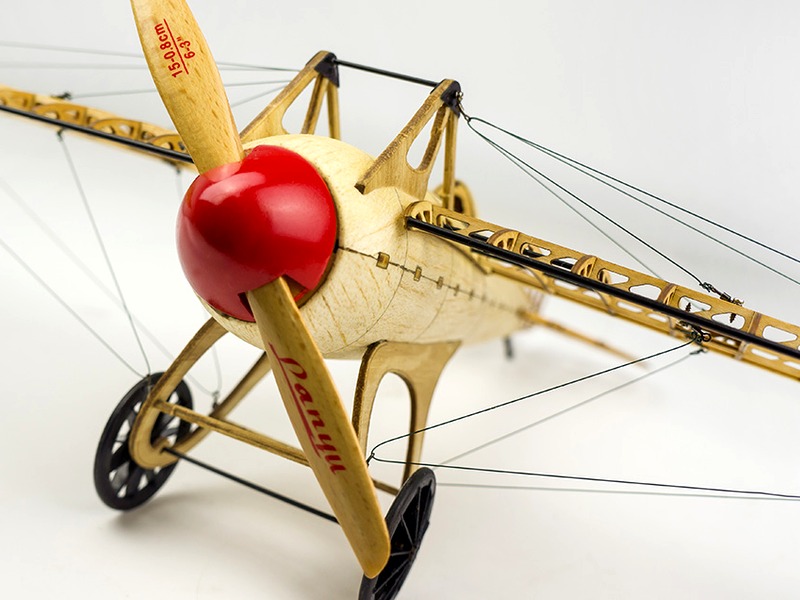Can you teach yourself to fly RC plane?

The answer to this question is yes, you can teach yourself to fly an RC plane. Learning to fly an RC plane is a very rewarding experience, and there are many ways to go about it.
The first thing to do is to find a good place to practice. If possible, it is best to find an open field or park with plenty of unobstructed space. You should also make sure the area is free from obstacles like trees, buildings, or power lines.
Once you have found a suitable area to practice in, you should familiarize yourself with the RC plane you plan on flying. Read the instruction manual carefully and study the diagrams so you understand the plane’s features. You should also familiarize yourself with the plane’s controls and how to operate them.
Next, you should practice all the basic maneuvers that are necessary to fly the plane. This includes take-offs and landings, turns, climbs, and descents. You should practice each of these maneuvers in a controlled environment, like a grassy field, and make sure you feel comfortable before attempting more advanced maneuvers.
When you feel confident with the basic maneuvers, you can move on to more advanced ones, like loops, rolls, and inverted flight. Make sure to read up on these maneuvers and watch instructional videos to ensure you understand how to properly execute them.
Finally, when you feel comfortable with the more advanced maneuvers, you can start flying at higher altitudes and explore the skies. Keep in mind that the higher you go, the more variables you will be dealing with, such as wind speed and direction, which can affect your plane’s performance.
Flying an RC plane is certainly a challenging endeavor, but it is also a fun and rewarding activity. With patience and practice, anyone can learn to fly an RC plane, regardless of experience. As long as you do your research and practice regularly, you will eventually be able to master the skies.
Comments / Question
1. Always research the specific model of plane you are flying and understand the controls, how they work, and the limitations of the plane.
2. Make sure you have an adequate flying area and the necessary equipment, such as a transmitter and receiver, to control the plane.
3. Make sure you have the proper safety gear, such as goggles and a crash helmet.
4. Make sure you keep the plane in sight at all times and never fly higher than you can see.
5. Make sure you are aware of your surroundings and any potential hazards, such as power lines, trees, or other aircraft.
6. Make sure you have an experienced spotter to help you monitor the plane’s location and help you land safely.
7. Always fly in good weather and never fly in windy or rainy conditions.
8. Make sure you never fly over people, roads, or buildings.
9. Make sure you always abide by local regulations and restrictions for flying RC planes.
2. Radio Transmitter: You will need a radio transmitter to control your RC plane. You can buy a basic radio transmitter or a more advanced one with more features.
3. Batteries: You will need batteries to power your radio transmitter and your RC plane.
4. Charger: You will need a charger to charge your batteries.
5. Flight Simulator: You can use a flight simulator to practice flying your RC plane before you take it to the skies.
6. Safety Gear: You will need safety gear such as goggles and a helmet to protect yourself when flying your RC plane.

